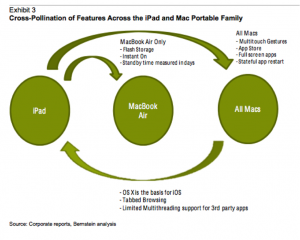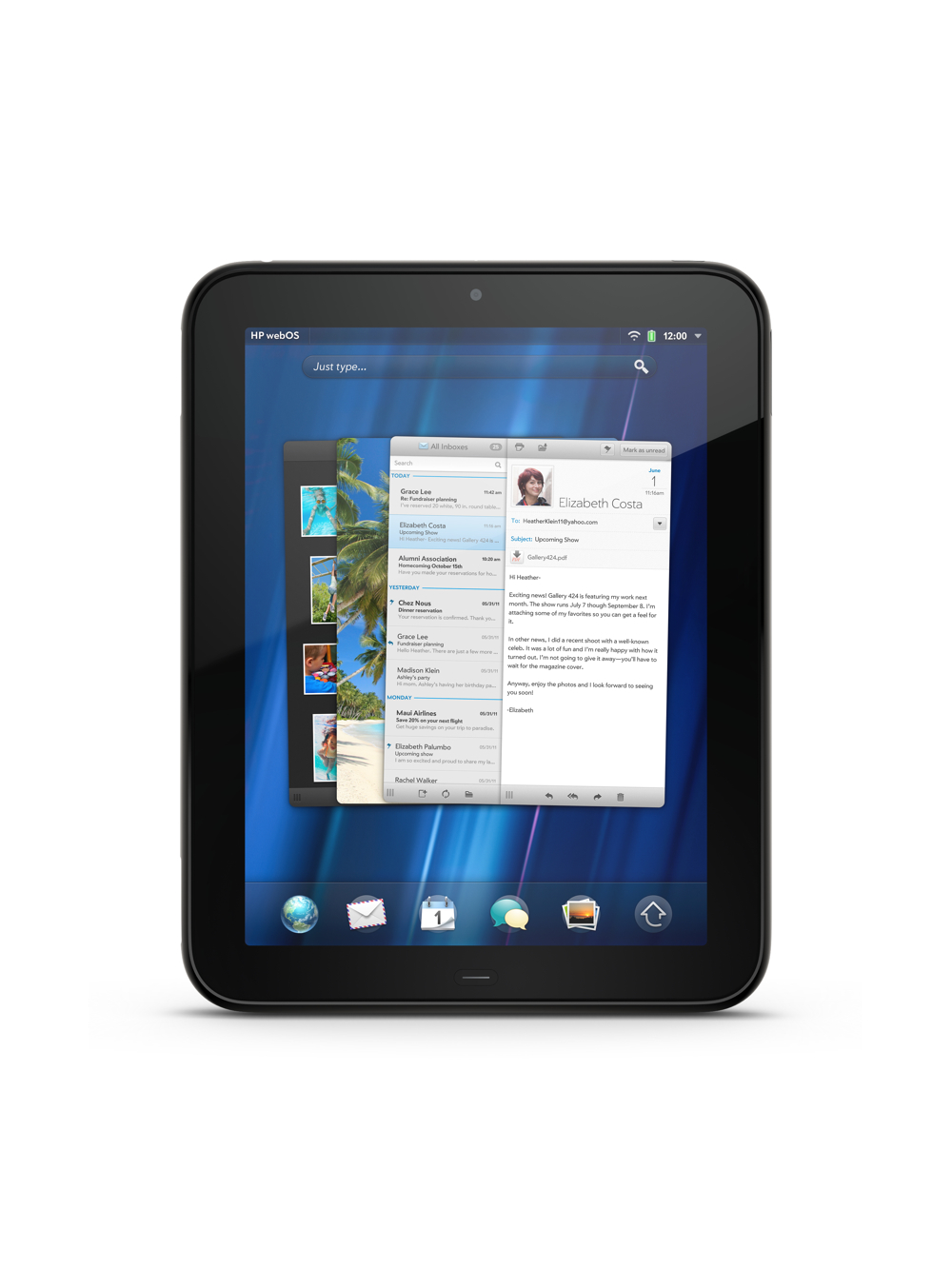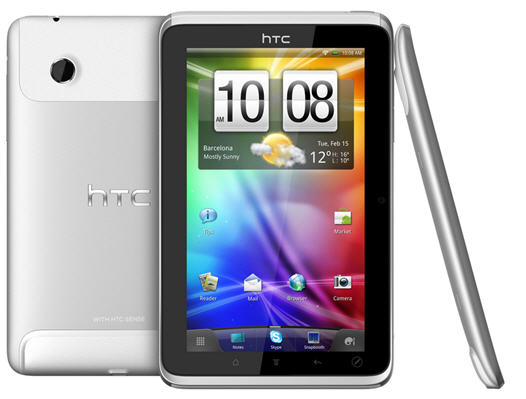In much of my work providing industry analysis to many companies in the technology industry, I come across the question of what the post PC-era actually means quite often. As the technology industry shifts from one computing platform (the PC) to multiple computing platforms (tablets, smart phones, TV, more) the landscape is changing and continuing to bring new challenges to industry leaders.
I believe the Post-PC era is going to happen in two stages. First there is the stage we are just entering into that can best be understood as the PC plus era. In this phase the PC is still needed as a central platform in the lives of most consumers. Meaning the PC is still a valued and sought after part of the ecosystem. Other devices like smart phones, tablets, smart TVs etc are capable and complimentary computing platforms but none can adequately replace the other.
The traditional PC as we know it is still the central computing device in this phase; however more devices are entering the ecosystem that allow consumers to become less dependent on it. Another key point of the PC Plus stage is that the PC is a general platform for computing and other devices are more specialized.
The next phase will be the phase where truly de-centralized personal computing starts to take shape. In this phase you will be able to do most if not all desired computing tasks comfortably, reliably, and conveniently from any connected smart screen. In this phase the personal computing cloud becomes a key ingredient that is the central glue of the personal computing experience.
I say this phase is de-centralized because our dependence moves from the PC to the cloud thus allowing any device connected to our personal cloud to become our computing platform of choice.
Consumers in this model can choose just one or any number combinations of screens that fit their fancy to accomplish any and all computing tasks. The key difference in this stage from the PC plus stage is that most if not all computing devices can become general purpose devices rather than specific function.
There is of course going to be a great deal of variation in how this plays out in the market place. We will see quite a bit of experimentation by both the manufactures and the consumers of these products as we flesh out the needs of the market.
This personal computing market is large enough that a one size fits all approach will not be the standard. This opens the door for many different innovations and product approaches to support each other and allow for healthy diversity and competition.
De-centralized computing becomes more personal
I’ve often explained that as we get smarter devices, smarter software, and smarter cloud services we will also get more personalized devices, software and cloud services. The translation is smarter = more personal.
This is not to say that there isn’t a level of personalization with these devices already only that it will be more so in the future.
The technology industry has used the term “personal computer” for three decades now, however the term really means “owned by a person.” My personal computer isn’t really all that personal at this point in time. It knows nothing about me and everything personalized about it is because I put in the time and effort to personalize it. A better term would be “customized computers” rather than “personal computers.”
In the future however I believe these devices really do become more personal rather than customized. The roadmap the semiconductor companies are on will pack an incredible amount of compute power into nearly everything imaginable. When that happens smart software and smart cloud services will have the opportunity to transform devices into truly personal computing companions.
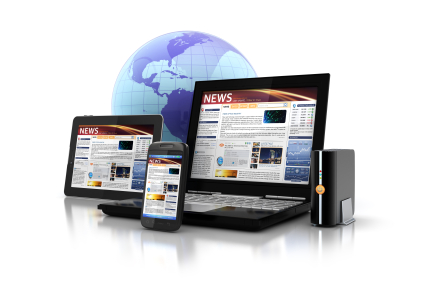





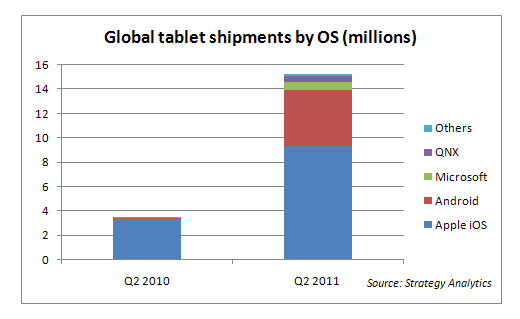



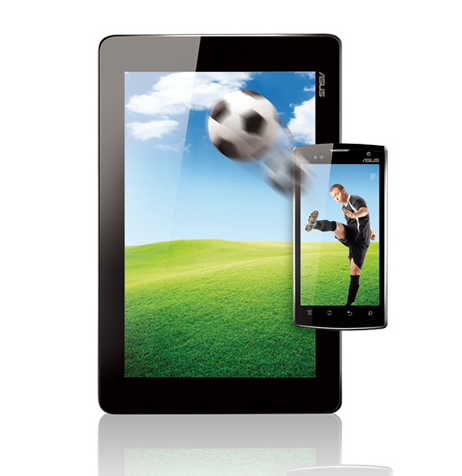






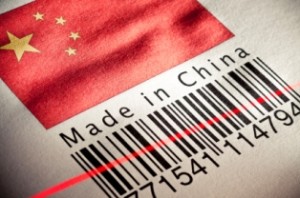 I have had the privilege of traveling to about 55 countries as part of my job over the last 30 years. And while I really enjoy Italy, France, Hong Kong, and Singapore, the one country that fascinates me the most is China. I first went to China in the early 1990’s, just when they were starting to establish their special trade zones. At that time the government was still leery of outsiders and we could not travel anywhere without a personal guide of some sort.
I have had the privilege of traveling to about 55 countries as part of my job over the last 30 years. And while I really enjoy Italy, France, Hong Kong, and Singapore, the one country that fascinates me the most is China. I first went to China in the early 1990’s, just when they were starting to establish their special trade zones. At that time the government was still leery of outsiders and we could not travel anywhere without a personal guide of some sort.


